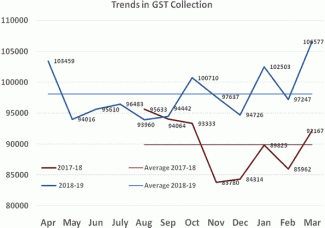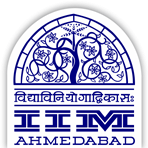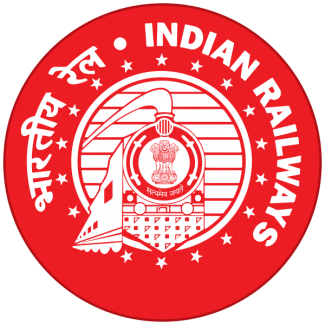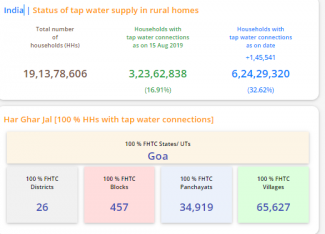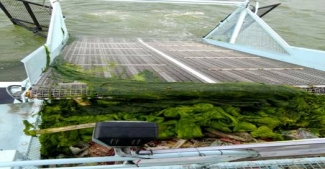
Patna will soon be amongst the few major cities along river Ganga to have 100 percent sewage treatment capacity to ensure that no waste water gets discharged into the river. The National Mission for Clean Ganga has put in place a comprehensive sewage management plan for the city, that will replace its existing, defunct system with one that will take care of its sewage treatment requirements till 2035.
The existing sewage treatment plants in Patna have long outlived their utility. The old sewer lines are choked, so waste water cannot flow into the STPs for treatment. As a result the STPs are lying defunct and sewage is getting discharged into the river.
In order to revamp the sewage management system in the city, NMCG has approved eleven projects worth Rs 3582.41 crore that will involve laying down 1140.26 km of sewerage lines and create sewage treatment capacity of 350 MLD. This would cover the sewage treatment requirements of the city upto 2035, when its sewage generation is estimated to be 320 MLD. The new system will also cover Digha and Kankarbagh sewerage zones which have no existing treatment facility so far. Once these projects are completed, Patna will be amongst the few cities having 100 % sewage treatment capacity.
Prime Minister Narendra Modi laid the foundation stone for four awarded sewerage projects costing Rs 738.04 crore on October 14, 2017. The ceremony took place at Mokama. These four projects together will create new STP capacity of 120 MLD and upgrade the existing 20 MLD for Beur, Karmalichak and Saidpur sewerage zones. This will also lay down sewer network of 234.84 km in Beur and Saidpur zones.
Seven other sewerage projects are at various stages of implementation out of which two – Digha and Kankarbagh sewerage zones – worth Rs 1402.89 crore are sanctioned under Hybrid Annuity-based PPP mode. Sewer network works for two zones – Karmalichak and Saidpur zones – worth Rs 708.63 crore will be awarded soon whereas three more projects in Pahari zone to create 60 MLD STP capacity and lay down sewer network of 198.38 km costing Rs 732.85 are under implementation.
Alamganj ghat in Patna.
Apart from the foregoing sewage management projects, Patna River Front Development project worth Rs 254.52 crore is at an advanced stage of completion (more than 80% work done). Under this, 16 ghats and 6.6 km of promenade are being developed among other services that include toilets, bathrooms, changing rooms etc. Pathri Ghat in Patna which was developed under Namami Gange programme won 2A Asia Architecture Award 2016. Under the River Surface Cleaning project, a trash skimmer has been deployed in Patna at a cost of Rs 3.96 crore.
It was only with the launch of Namami Gange programme and empowerment of NMCG as an Authority that Patna was given the attention it deserves. Numerous visits of senior officers to Patna and several consultations with technical experts, river scientists, city administration and city dwellers led NMCG to expedite the sanctioning of projects of demographically dense areas generating more sewage water. Because of the city’s geographical placing, a significant quantum of pollution load discharges into the river. Keeping in mind these considerations, all sewage management projects in Patna were approved in a time-bound manner. Also, Patna has some of the best quality ghats which have been constructed under River Front Development project under Namami Gange and more are underway.
Patna is one of the oldest inhabited cities in India with a population of over two million. The western periphery of the city is bound by river Sone whereas on southern side flows Punpun River which later joins river Ganga.It is the second largest city of eastern India and the most densely populated city in Bihar. The swift transformation of Patna into a metropolis, with a population of over 2 millions, makes it a crucial city for Namami Gange programme. A cleaner and healthier river Ganga would augur well for the already ascendant development of this historic city.






